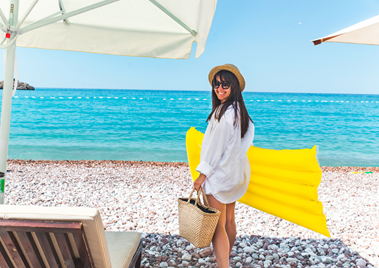What is National Skin Cancer Action Week?
Every November, National Skin Cancer Action Week aims to remind everyone of the importance of protecting themselves from the sun's rays, which can cause skin cancer. The week also serves as a reminder for the importance of early detection and can help people to identify some of the early signs of skin cancer.
Why is this event particularly important in Australia?
Australia has one of the highest rates of skin cancer in the world. Around 2,000 people in Australia die from skin cancer each year, and Cancer Council estimates that Australia spends more than $1 billion per year treating skin cancer, with costs increasing substantially over the past few years. However, it's also worth noting that the leading cause of skin cancer is UV damage, meaning it's a preventable form of cancer that can be avoided with sun protection.
Prevention
One of the main campaigns of National Skin Cancer Action Week is 'Slip, Slop, Slap!'. The iconic campaign has now expanded to include more important safety tips. So next time you're out in hot weather, just remember to:
- Slip on clothing that covers as much skin as possible; it's one of the best barriers between your skin and the sun.
- Slop on broad spectrum, water resistant SPF30 (or higher) sunscreen. Apply 20 minutes before going outdoors and every two hours afterwards.
- Slap on a broad-brimmed hat. A brim protects your ears and neck more than a cap.
- Seek out shade to keep cool and out of the sun, especially during the hottest part of the day.
- Slide on your wrap-around sunglasses. Check the label to ensure they meet the Australian standard (Category 2, 3 or 4).

With La Nina bringing overcast conditions, do we still need to worry about skin protection?
With another round of La Nina bringing potentially cooler, wetter conditions once again this summer, it is important not to get complacent on skin protection. It has never been more important to get the message out that UV radiation, not sunshine, is what can have potentially deadly consequences.
On cloudy days where you can’t see the sun’s rays or feel the heat, many people believe they are safe from the harmful effects of UV. In fact, last year during some of the more gloomy days, the UV reached extreme levels.
Skin protection is important when the UV level is three or above – this is possible all year round even when the sun isn’t shining.
Detection
As well as protection, Australians should get to know their skin. Check your skin, including areas not normally exposed to the sun, and consult a doctor if you notice any new spots or changes to existing freckles or moles, including the shape, colour or size of a spot. Read more on what to look out for.
Remember to see your doctor and get a regular skin check to reduce your risk.
Cancer Council had debunked some of the common myths about sun protection.
MYTH - Sun damage is not possible on windy, cloudy or cool days.
False! Sun damage is caused by UV radiation which penetrates clouds.
MYTH - A fake tan darkens the skin, protecting the skin from the sun.
False! Unless the fake tan also contains sunscreen it offers no protection.
MYTH - People with olive skin are not at risk of skin cancer
False! People of all skin types can get skin cancer.
MYTH - Plenty of sun exposure is required to avoid vitamin D deficiency.
False! At UV levels of 3 or above, most Australians get enough vitamin D with just a few minutes of sun exposure.
MYTH - Only sun seekers get skin cancer
False! In Australia it is easy to be exposed to dangerous UV levels while going about your day.
MYTH - If you tan but don’t burn, you don’t need sun protection.
False! Skin darkens due to UV damage. If you tan easily you can still get skin cancer.
MYTH - You can’t get burnt through a car window.
False! If the window is tinted it may block some UV rays but otherwise they pass right through onto your skin.
Sources:
Brisbane Times: Don’t let La Nina lead you into not being sun smart, advocates urge
Cancer Council: 10 myths about sun protection






